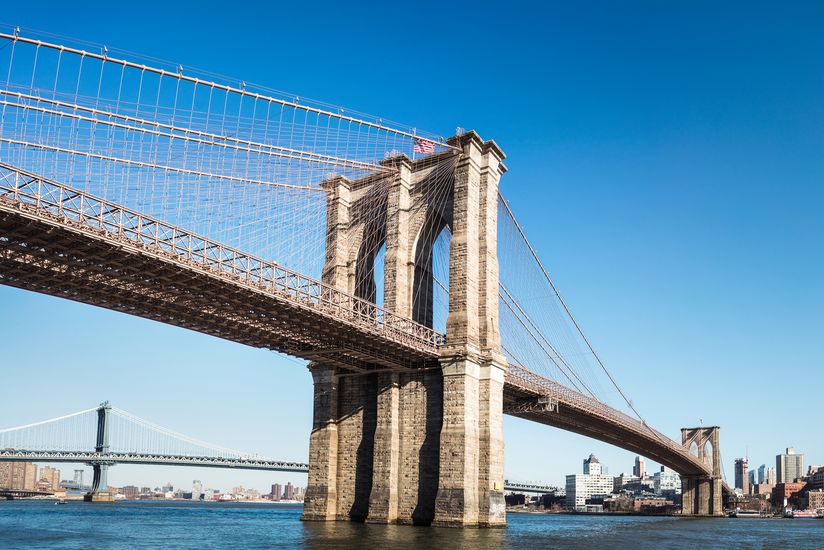Grand Designs
The country's full of awe-inspiring natural wonders — but those made by man (and woman) are equally impressive. The architect behind a design or the creation's history, style, or purpose are all elements that may prove particularly captivating. Our cross-country survey of iconic buildings worth seeing touches on many memorable landmarks, all one-of-a-kind.
Related: 17 Incredible Feats of American Ingenuity Across the Country


































































































